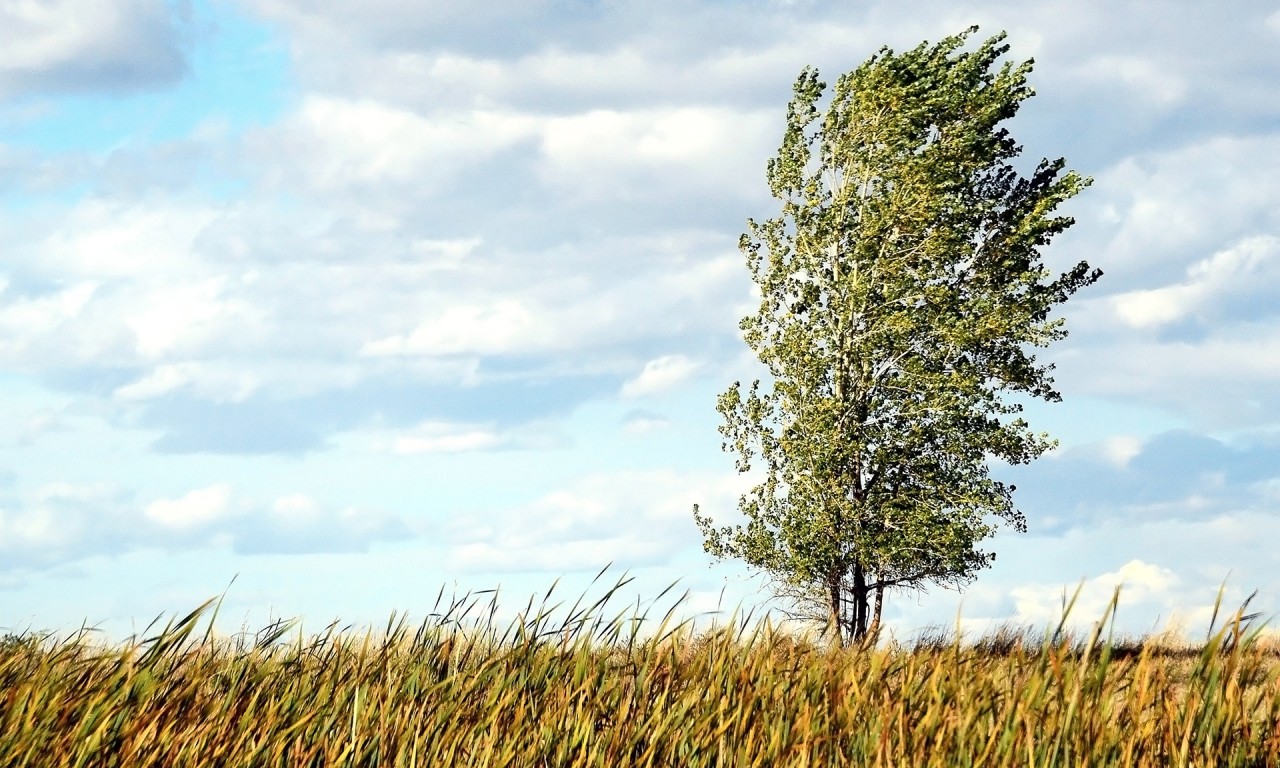As we celebrate 40 years of Parks and Open Space, it seems fitting to explore the impact of this department within Boulder County by profiling three similar open space programs. But before diving into the particulars, let us first explore why such a ripple effect occurred.
The transformation began during the late 1960s and early 1970s as Boulder County residents recognized the exponential population growth within the county. For example, the population in 1950 was 48,296 and by 1970 had nearly tripled to 131,899. Consequently, residents wanted to preserve some nearby land, so they banded together, and, in 1967, City of Boulder voters approved a 0.40 of a cent sales tax specifically to buy, manage, and maintain open space within the city limits. It was the first time citizens in any U.S. city had voted to tax themselves specifically for open space. Just a short eight years later, the Board of Boulder County Commissioners created the Parks and Open Space Department in order to acquire and manage land within Boulder County.
Land acquisitions were driven solely by county commissioner’s yearly property tax allocation until county residents voted to adopt a 0.25% (2.5¢ on every $10 purchase) sales tax in 1993 that would fund future purchases. Today, with a population exceeding 300,000 residents, Boulder County Parks and Open Space has managed to preserve approximately 100,000 acres and set an example for other city open space programs.
City of Longmont
Following in the footsteps of the 1993 countywide open space sales tax, the City of Longmont’s residents approved their own 0.2% open space sales tax initiative in the year 2000. The city’s website states that “the revenue generated from this tax is used for acquisitions, improvements and maintenance of Open Space properties, as well as trail development like the St. Vrain Greenway and Lake McIntosh Trail, in and around Longmont.” Since its 2000 approval, the City of Longmont has been able to purchase 1,953 acres outright and an additional 532 acres in conservation easements for this and future generations to enjoy.
City of Lafayette
Instead of utilizing a combination of property tax revenue and an open space sales tax, the City of Lafayette relies solely on two open space sales tax initiatives. If a purchase is made within Lafayette, 0.25% will be contributed to the Legacy Tax for land acquisition and maintenance, and a separate 0.25% will be contributed to the POST Tax for maintenance, enhancements, and preservation. Through the combined revenue generated by these two open space sales taxes, the City of Lafayette owns or has interest in approximately 1,300 acres and manages numerous miles of open space trails.
City of Louisville
Louisville employs a 0.375% sales tax initiative to primarily fund land acquisitions, maintenance and improvement projects. This tax was recently extended by voters and is now set to expire in the year 2024. With the approximately $1.5 million generated each year, Louisville has an interest in 2,000 acres of open space land. Popular parks include Coyote Run, Davidson Mesa, and Waremburg Open Space. Conveniently, these open spaces are located at various locations throughout Louisville and provide excellent connectors for the citywide trail system.
You can enjoy hiking and biking in the foothills and on regional trails, picnicking in beautiful settings, birdwatching, fishing and many other activities thanks to Boulder County and city-administered open space programs. Residents and visitors all benefit from this long-term commitment to land stewardship and preservation.


